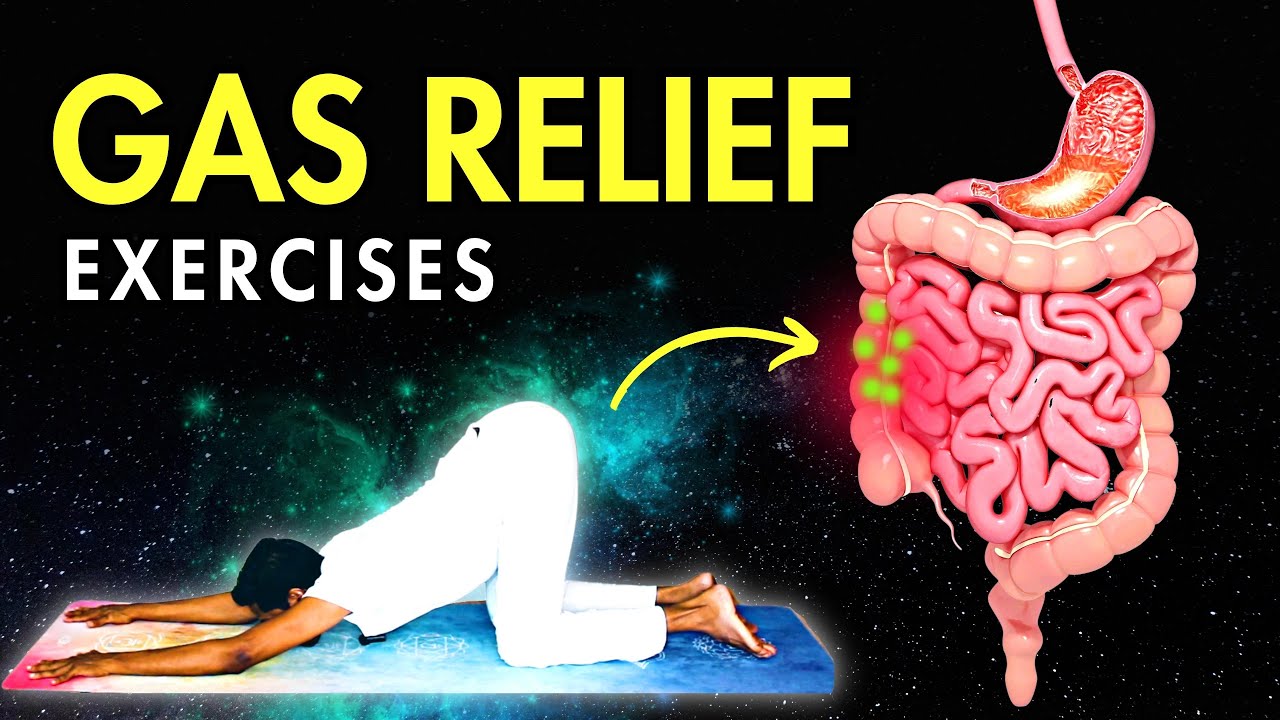Signs Of Infected Tooth Extraction

The extraction of a tooth is a serious dental procedure that, while sometimes necessary, can lead to complications if not properly cared for. One of the most significant risks following a tooth extraction is infection. Recognizing the signs of an infected tooth extraction site is crucial for seeking timely medical attention and preventing the infection from spreading or worsening.
Immediate Post-Extraction Signs
In the immediate days following a tooth extraction, it’s normal to experience some level of discomfort, swelling, and bleeding. However, there are specific signs that may indicate the onset of an infection:
- Prolonged Bleeding: While some bleeding is expected after a tooth extraction, prolonged or heavy bleeding that doesn’t seem to stop with pressure could be a sign of complications.
- Increased Swelling and Bruising: Swelling and bruising are common, but if these symptoms worsen over time instead of improving, it could be indicative of an infection.
- Severe Pain: Managing pain is a key part of the recovery process. If your pain worsens over time, especially if it’s sharp, stabbing, or throbbing, it may signal an infection.
- Fever: A low-grade fever can sometimes accompany the healing process, but a high fever, especially one that lasts or recurs, could indicate an infection.
- Bad Taste or Odor: A persistent bad taste or bad breath that doesn’t improve with brushing and rinsing could be a sign of infection.
Delayed Signs of Infection
In some cases, signs of infection may not appear immediately but rather days or even weeks after the extraction. These can include:
- Pus or Discharge: The presence of pus or a foul-smelling discharge from the extraction site is a clear indicator of infection.
- Redness and Swelling: Increased redness around the extraction site that doesn’t diminish with time can be a sign of infection.
- Abscess: An abscess or a swollen, painful lump filled with pus may form at the extraction site, indicating a localized infection.
- Swollen Lymph Nodes: If the lymph nodes in your neck or jaw become swollen or tender, it could indicate that your body is fighting an infection.
- Difficulty Swallowing: Sometimes, an infection can cause swelling that makes it hard to swallow.
What to Do if You Suspect an Infection
If you suspect that your tooth extraction site has become infected, it’s crucial to contact your dentist or oral surgeon as soon as possible. They can assess the situation and provide the necessary treatment, which may include:
- Antibiotics: To treat the infection.
- Drainage of Abscess: If an abscess has formed, it may need to be drained.
- Further Surgical Intervention: In some cases, additional surgery may be required to remove infected tissue or bone.
- Pain Management: Your dentist or oral surgeon can also help manage your pain.
Preventing Infection
While infections can occur even with proper care, there are steps you can take to reduce the risk:
- Follow Post-Operation Instructions: Your dentist or oral surgeon will provide specific instructions on how to care for the extraction site. Following these instructions carefully can significantly reduce the risk of infection.
- Keep the Extraction Site Clean: Gently rinsing with salt water can help keep the area clean.
- Avoid Smoking: Smoking can significantly slow down the healing process and increase the risk of complications, including infection.
- Attend Follow-Up Appointments: Regular check-ups with your dentist or oral surgeon can help identify any potential issues early on.
Recognizing the signs of an infected tooth extraction site and seeking prompt medical attention is crucial for a successful recovery and to prevent more serious health issues. If you’re ever in doubt about your recovery or experience any of the symptoms mentioned, don’t hesitate to reach out to your dental care provider.
Additional Resources and Considerations
For individuals looking for more information on how to manage post-extraction care or seeking insights into potential complications, consulting professional dental resources or reaching out to healthcare professionals can provide valuable guidance. The key to a smooth recovery lies in a combination of proper post-operative care and being vigilant for any signs that might indicate a problem.
What are the common signs of an infected tooth extraction site?
+Common signs include prolonged bleeding, increased swelling and bruising, severe pain, fever, bad taste or odor, pus or discharge, redness, and difficulty swallowing. If you experience any of these symptoms, it’s crucial to contact your dentist or oral surgeon.
How can I prevent infection after a tooth extraction?
+To prevent infection, follow your dentist’s or oral surgeon’s post-operative instructions carefully, keep the extraction site clean, avoid smoking, and attend all scheduled follow-up appointments. Proper care can significantly reduce the risk of infection.
What should I do if I suspect my tooth extraction site is infected?
+If you suspect an infection, contact your dentist or oral surgeon immediately. They can assess the situation and provide necessary treatment, which may include antibiotics, drainage of an abscess, or further surgical intervention.


